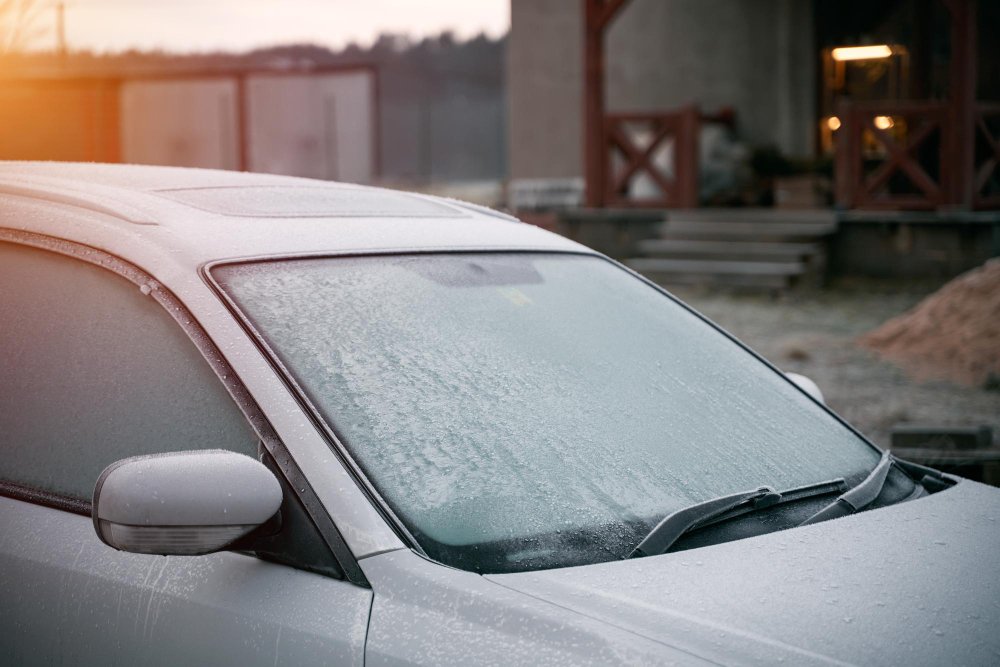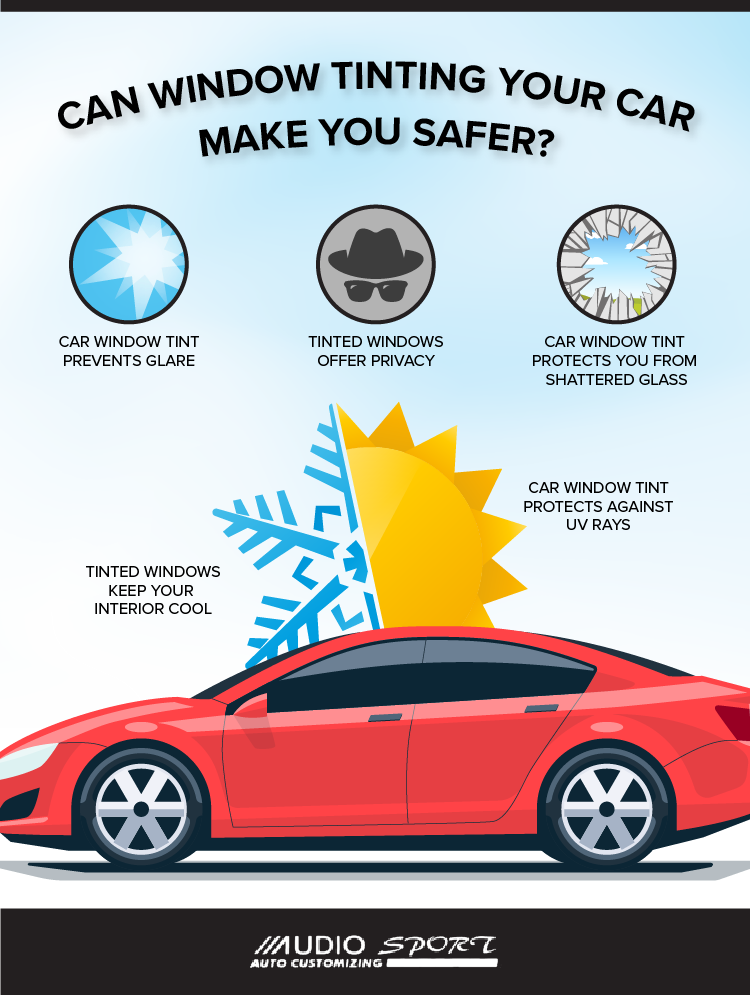Top Benefits of Window Tinting for Your Vehicle's Comfort and Protection
Window Tinting Laws: What You Required to Know Before Tinting Your Vehicle
Recognizing window tinting regulations is necessary for any car owner taking into consideration tinting their automobile. Rules vary substantially from state to state, developing certain limitations for Visible Light Transmission (VLT) percentages, specifically for front-side windows and windshields. Failing to comply with these regulations can result in penalties, the necessity to remove the color, and complications with insurance policy. As you contemplate boosting your lorry's appearance and capability, it is vital to grasp not only the legal effects but likewise the functional factors to consider that include picking the appropriate color. What factors should you focus on in your decision-making procedure?
Significance of Recognizing Tint Regulations
Comprehending home window tinting regulations is critical for vehicle owners to ensure conformity with state laws. These regulations determine the permissible degrees of tint darkness and reflectivity, which can significantly vary from one jurisdiction to one more. Falling short to stick to these regulations can result in fines, compulsory removal of the tint, and potential problems during lorry inspections.
Moreover, understanding these laws assists lorry proprietors make notified decisions about their tinting choices. Different kinds of home window movies supply numerous advantages, such as UV security, heat being rejected, and glow decrease. Nevertheless, without knowledge of the lawful restrictions, lorry proprietors run the risk of choosing items that might eventually bring about lawful problems.
In addition, awareness of tinting laws cultivates a much safer driving environment. window tinting. Excessively dark tints can harm exposure, increasing the threat of accidents, particularly during the night or in unfavorable climate condition. Police also use these regulations to make certain roadway safety, making conformity not just a personal obligation but a lawful obligation
State-Specific Tint Rules
Each state in the united state has actually established its own details regulations regarding window tinting, mirroring a diverse variety of needs and standards. These guidelines can vary considerably, influencing how automobile proprietors come close to setup and conformity. Some states permit darker colors on rear home windows while enforcing strict limitations on front-side windows.
In addition, guidelines commonly define allowed tint products and shades. Particular states ban reflective colors altogether, while others may allow them to a restricted level. Some jurisdictions mandate that vehicles with tinted home windows display a sticker indicating compliance with state laws, supplying a clear recognition for legislation enforcement.
Enforcement of these legislations also differs; some states are a lot more positive, carrying out random checks, while others count on issues or noticeable infractions to start enforcement. Car proprietors should realize that failing to abide by state-specific color policies can bring about penalties, mandatory elimination of prohibited tints, or both.

Lawful Color Percentages
Figuring out the legal tint percentages is essential for vehicle owners looking for to abide by state policies. Each state has particular laws controling how much light needs to travel through the windows of a vehicle, which is shared as a portion referred to as Visible Light Transmission (VLT) This percentage differs substantially across states and can depend on the type of home window-- front side, rear side, and windshield.
As an example, some states enable just 20% VLT on front side home windows, while others may allow as much as 50%. Windshield tinting is frequently a lot more restricted, with several jurisdictions allowing just a narrow band of tint at the top of the windscreen. In contrast, back windows usually have a lot more lax laws, with some states permitting darker colors.
It is crucial for lorry owners to acquaint themselves with their local regulations to stay clear of possible legal problems. This includes understanding exactly how VLT is gauged, as it can vary based on the sort of home window film made use of. Remaining notified about these guidelines ensures compliance and advertises risk-free driving conditions for both the automobile proprietor and others on the road.
Effects of Non-Compliance
Falling short to adhere to window tinting laws can lead to significant effects for car owners. Officers trained to identify illegal color degrees may provide fines, which can vary by jurisdiction however commonly vary from modest to considerable amounts.

Insurance provider may also penalize for non-compliance, as illegal read review modifications can be viewed as a breach of plan terms. If an occurrence takes place., this can influence protection rates or lead to complications in cases.
Inevitably, the effects of non-compliance prolong beyond immediate economic penalties; they can impact a chauffeur's insurance coverage rates, lawful standing, and general car worth, stressing the value of adhering to local home window tinting click for more guidelines.
Tips for Choosing Tinting Options
When selecting home window tinting choices,Recognizing the ramifications of non-compliance highlights the importance of making notified options. Familiarize on your own with your state's specific regulations concerning color darkness and reflectivity. Each state has one-of-a-kind laws that dictate the permissible restrictions, so ensure you stay within these guidelines to stay clear of charges.
Second of all, think about the kind of tint product. Options consist of dyed, metalized, and ceramic colors, each offering differing levels of warm rejection, UV security, and longevity. Ceramic tints give remarkable warm resistance without conflicting with digital devices, making them a prominent option.
In addition, examine your primary function for tinting. If you look for boosted personal privacy, choose darker colors; however, bear in mind that this may impact exposure in the evening. Conversely, if glare reduction and UV security are your primary worries, lighter colors might be sufficient.
Last but not least, talk to a professional installer who is well-informed regarding local laws and can advise high-quality materials suited to your needs (window tinting). Taking these elements right into account will certainly guarantee you make an educated choice, inevitably improving both your vehicle's visual appeals and functionality
Conclusion
Finally, familiarity with home window tinting regulations is crucial before Home Page using tint to a car. Each state imposes specific regulations regarding noticeable light transmission portions, especially for front-side windows and windshields. Non-compliance can cause substantial charges, including fines and necessary removal of non-conforming tint. By understanding lawful needs and choosing suitable tint products, vehicle proprietors can accomplish aesthetic improvement while staying certified with pertinent legislations. Adherence to these guidelines makes certain both security and complete satisfaction.
Comprehending home window tinting regulations is crucial for any automobile proprietor considering tinting their cars and truck.Recognizing home window tinting legislations is crucial for car proprietors to make certain compliance with state policies. Some states enable darker tints on back windows while imposing stringent limitations on front-side home windows.
In comparison, rear home windows usually have extra forgiving regulations, with some states permitting darker tints. (window tinting)
In final thought, experience with home window tinting legislations is crucial prior to using color to a vehicle.